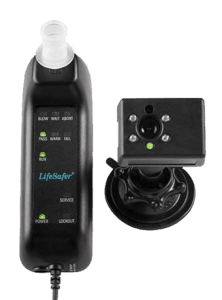 After a drunk driving conviction, life is usually a little blurry. There’s so much you have to take care of with your court date and ruling, not to mention the administrative penalties through your DMV. Then you have the whole process of having an ignition interlock installed, and the training that comes with using the device. You probably remember the basics and can use your interlock as instructed, but how much do you remember about the type of data that your device records?
After a drunk driving conviction, life is usually a little blurry. There’s so much you have to take care of with your court date and ruling, not to mention the administrative penalties through your DMV. Then you have the whole process of having an ignition interlock installed, and the training that comes with using the device. You probably remember the basics and can use your interlock as instructed, but how much do you remember about the type of data that your device records?
Probably not a lot. An ignition interlock records different types of data, depending on the device, your state and the terms of your requirement through the DMV or court. Your ignition interlock can record:
- Your blood alcohol concentration (BAC) level. This is probably the most important data your interlock will record, and use to determine whether you are able to drive your vehicle at all.
- Starts and stops, and tests in-between. The device remembers each time you try (succeed or fail) to start your vehicle and when you turn off your engine, as well as the number of rolling re-tests you’re prompted to take while on your way.
- Car mileage and location. The distance you travel will always be recorded so that you are compliant with your restricted license. Plus, you are proving you are actually driving your interlock-equipped vehicle. Some ignition interlock devices also have built-in GPS devices that show your location while driving from point A to B.
- Video and Photos. Some states require ignition interlocks that have camera or video capabilities to keep an accurate record of who is actually blowing into the device.
All in all, an ignition interlock device takes in a lot of information that is needed to keep the roads safe from any further drunk driving attempts. Despite the blur that happens after a DUI, the devices prove your commitment to sober driving.

Leave a Reply
You must be logged in to post a comment.